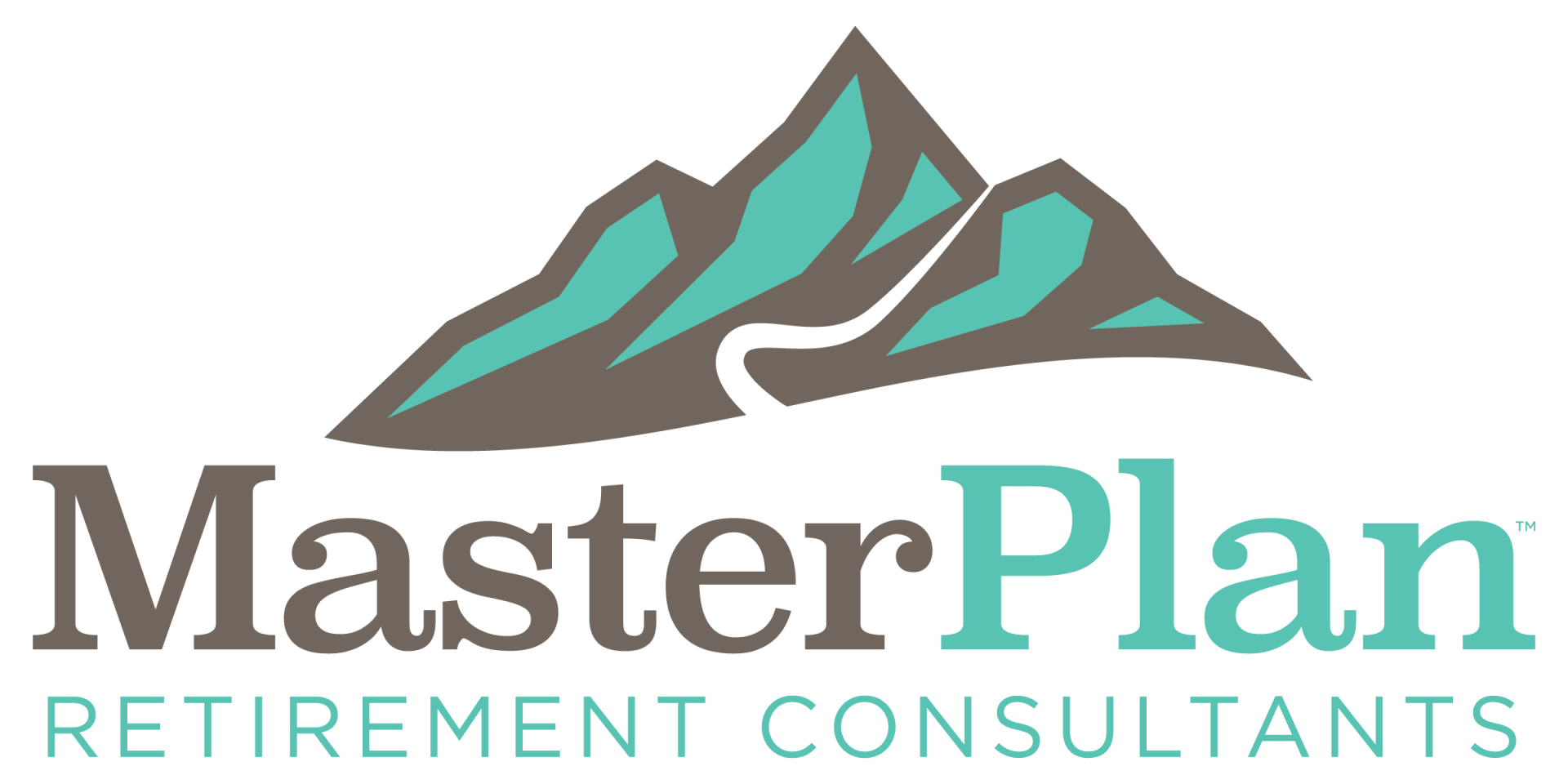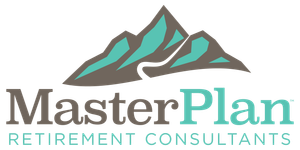Helping You Navigate Towards Your Retirement Destination
Guiding You Through Every Phase of Retirement
Every milestone in life has a Standard of Care. We utilize the Standard of Care as a guide to navigate clients through the different stages of their retirement lives. From accumulation and protection of assets to retirement income and legacy building, we work with you to meet your insurance needs.
Utilizing this checklist to make sure important steps are not forgotten helps us systematically evaluate the quality of care that we provide our clients.
Preretirement
Widow/Widower
Early Accumulator
Eldercare
Midlife Financial Prep
New Parent
Premarital
Predivorce
Where are you at in your journey?
Pre 55 - Laying Solid Groundwork for the Future
Prior to age 55 is when you need to make sure that all of the pieces are in place for a successful long-term retirement plan. Typically, people still have dependents and other more costly obligations like their children’s education, so it’s a good time to evaluate your own disability and term life insurance needs. Even though you may be busy with raising a family and helping your kids through college or into the working world, it is also important to start thinking about your retirement future.
Age 55 - Preparing for Retirement
It’s time to focus on eliminating debt and start thinking seriously about retirement. Typically, the kids are graduating from high school or college so some of those financial obligations are starting to ease. The Standard of Care for this life stage should involve things like double-checking your 401(k), catch-up contributions to retirement accounts as defined by IRS rules, or vehicles like fixed indexed annuities to make sure you won’t outlive your income in retirement.
Age 60 - Retirement is Around the Corner
This life stage makes you think about your contributions, monitoring your plan, and reassessing your retirement needs. You also might start considering Social Security as you approach 62, and other guaranteed sources of income that will last you for the rest of your life. It’s also a good point in life to reassess disability and life insurance coverage, focus on tax efficiency, determine if you will need long-term care and any other aspect of legacy planning, like charitable giving.
Age 65 - Time to Start Enjoying
Retirement doesn’t mean the end of wealth management. It’s a shift from accumulation to distribution. Individual retirement accounts like IRAs and 401(k)s, Social Security, annuities, and life insurance policies all help you have the retirement you’ve worked for. It’s also time to select a Medicare plan that works best for your situation and potentially look at a Roth IRA conversion strategy to minimize taxes and required minimum distributions. It’s crucial that you continue to reassess your needs with your insurance and financial advisor to make sure things stay on track.
Age 70 - Leave a Legacy for Future Generations
As your plan continues to work, you’ll need to reassess your financial needs, and determine if you want to leave your stamp on the future with a legacy for your family or for the institutions you love and support. You must start taking your required minimum distributions (RMDs) at age 72 so it’s time to calculate the potential tax implications that are involved as well.


